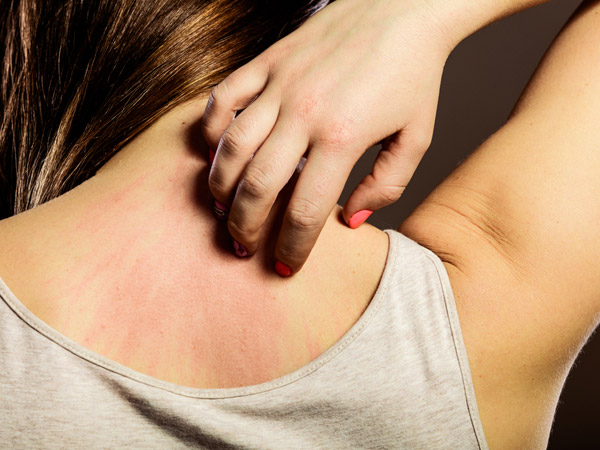
Symptoms Of Scabies
An individual after being infested for the first time do not show any symptoms for up to two months (two to six weeks). However, asymptomatic patients can still spread scabies during this time.
A person who has been infected with scabies before, the symptoms appear within one to four days after exposure.
The most common symptoms of scabies include:
• Rashes on the skin
• Severe itching which usually gets worse at night
• Red bumps or blisters on the skin that are itchy and red [6].
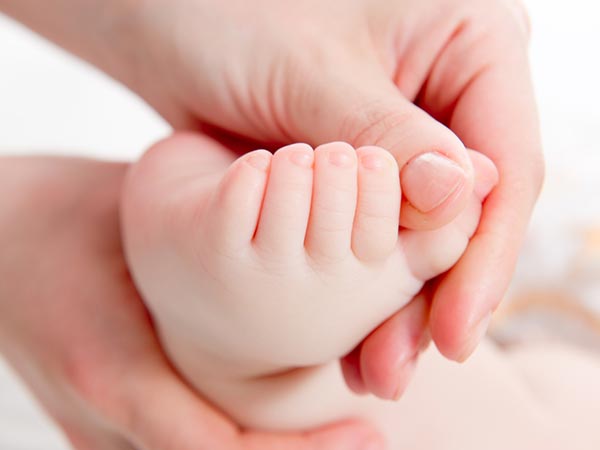
Risk Factors Of Scabies
• Young individuals
• Elderly people
• People with impaired immunity
• Developmentally delayed people
• Child-care settings, long-term care facilities and prisons are common sites of scabies infestation [7].
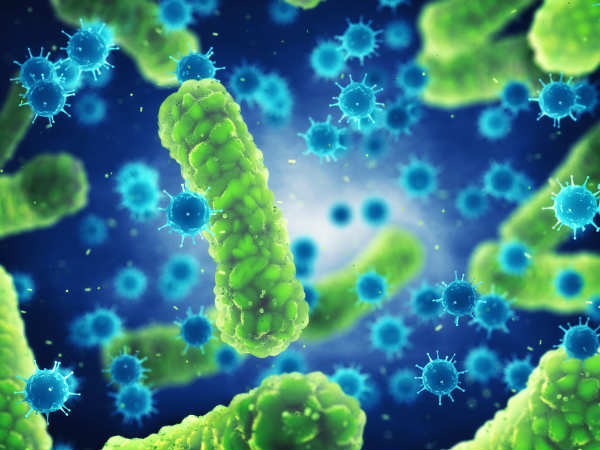
Complications Of Scabies
• Severe itching leads to scratching which causes bacterial infections such as impetigo, pyoderma caused by Staphylococcus aureus and group A streptococcus bacteria. These bacterial skin infections can sometimes lead to post-streptococcal glomerulonephritis and cardiac disease [8], [9].
• Insomnia
• Depression
When To See Your Doctor
Consult your doctor if you experience red, itchy and small bumps on the skin that won’t go away.

Diagnosis Of Scabies
Scabies almost looks similar to other skin conditions such as eczema, impetigo, ringworm and psoriasis which make it difficult to diagnose scabies. As per a study in Brazil, 18 per cent to 43 per cent of children diagnosed with eczema had scabies.
The diagnosis of scabies is based upon the appearance, rash in certain areas, symptoms and presence of burrows in the skin.
Diagnosis is done in the following methods:
• Skin scraping – Scraping the skin area across the burrow to examine under a microscope, which can help determine the presence of mites or their eggs.
• Burrow ink test – Gently rubbing the burrow with the underside of a fountain pen, covering it with ink. The excess ink is wiped off with alcohol. If a burrow is present, the ink will track it down and outline the limit of the burrow.
• Dermoscopy – It is a diagnostic technique which involves the magnified observation of skin [10].
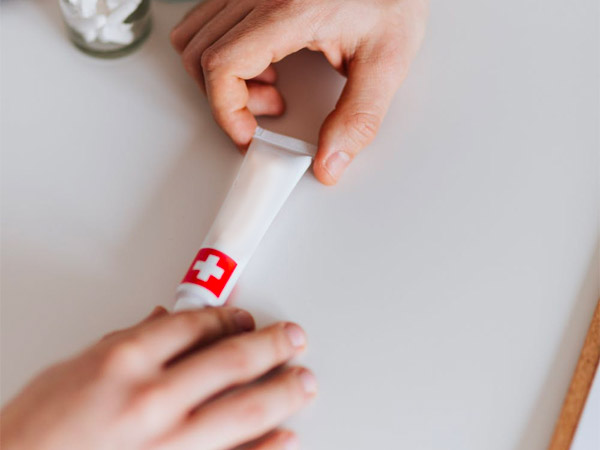
Treatment Of Scabies
• Permethrin – It is a topical cream that is used for scabies treatment. Five per cent of permethrin cream should be applied on the skin from the neck to toe and leave it on overnight and then wash it off. For infants, the cream is applied to the whole body including the face and head. Permethrin cream should be reapplied one week later to kill recently hatched mite’s eggs. Permethrin is safe for use in pregnancy and lactation.
• Ivermectin -Oral ivermectin is used for the treatment of scabies, particularly for crusted scabies and used in managing institutional or community outbreaks, although the United States Food and Drug Administration has not approved its use for scabies treatment.
Some studies have stated that ivermectin administered orally as a single dose is for people who are 10 years and older. Additional doses are given two weeks later if the symptoms still continue. Two doses of ivermectin are scabistatic, the second dose kills mites that have hatched.
Ivermectin isn’t recommended for children weighing less than 15 kg and women who are pregnant or breastfeeding. Ivermectin’s use depends on the convenience, ease of administration, side effects and safety.
• Benzyl benzoate – It is another effective and the most widely used medication in developed countries. The recommended use of benzyl benzoate is 28 per cent for adults and 10 to 12.5 per cent for children. Apply the benzyl benzoate cream on the skin and leave it on for 24 hours. Pregnant women shouldn’t use this medication [11],[12], [13].
Antihistamine medications can be used to relieve itching. And topical or oral antibiotics can be used for treating bacterial infections.
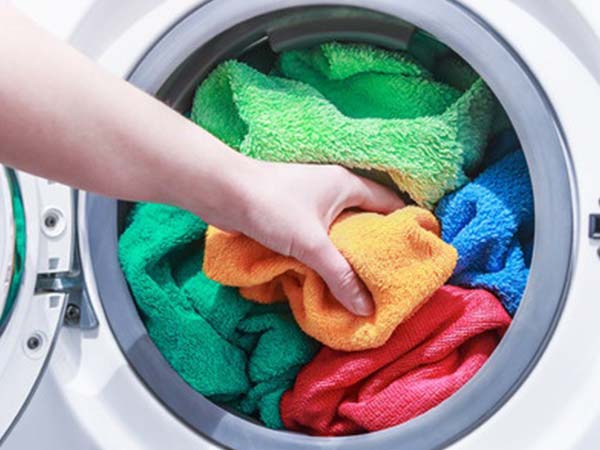
Prevention Of Scabies
To prevent re-infestation and spread of scabies, you should take the following steps:
• Wash all bed linen including bed sheets, blankets and pillowcases as well as clothes in hot water. And dry them with dry heat.
• If hot water isn’t available, put all the bed linen and clothing into a sealed plastic bag and keep it away for five to seven days as the mites can’t survive without contact with human skin for more than four days.
• Avoid direct, skin-to-skin contact with an infected individual.
• Clean other surfaces with hot water that may contain mites.
• All household members who have been in direct contact with the infected family member should be treated along with the infected member to prevent re-exposure and reinfestation.
Common FAQs
Q. How did I get scabies?
A. Scabies usually spread from direct, skin-to-skin contact. If you have come in close contact with an infected individual, there are high chances of you getting infected with scabies.
Q. What kills scabies instantly?
A. Permethrin cream is the first-line treatment for scabies.
Q. Can scabies go away on its own?
A. No. Prescription medications and certain home remedies can help get rid of scabies.
Q. How long do scabies mites live?
A. Scabies mites can live on a person for as long as one to two months.
Q. Does hot water kill scabies?
A. Scabies mites will die if they are exposed to a temperature of 50°C (122°F) for 10 minutes.
Q. Is scabies caused by poor hygiene?
A. Poverty, overcrowding, bed-sharing and families with many children increase the risk of scabies.
Q. What happens if scabies is left untreated?
A. If scabies is left untreated, the mites can live on your skin for months.
Source: boldsky blog
READ RELATED: What Drinking a Glass of Red Wine Every Night Does to Your Body









